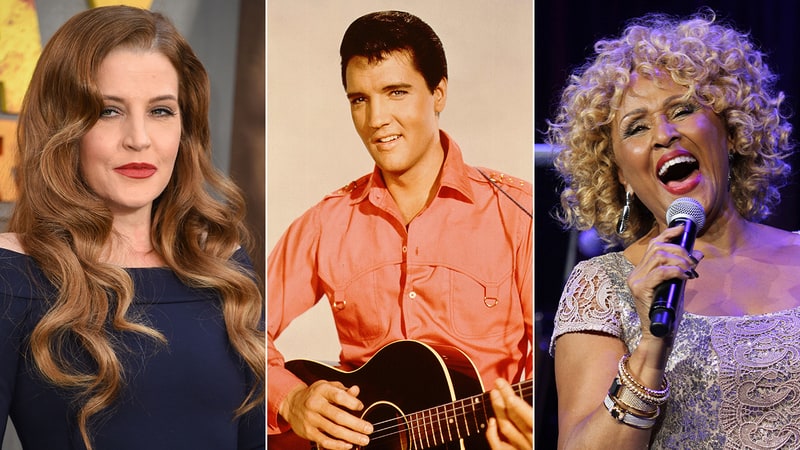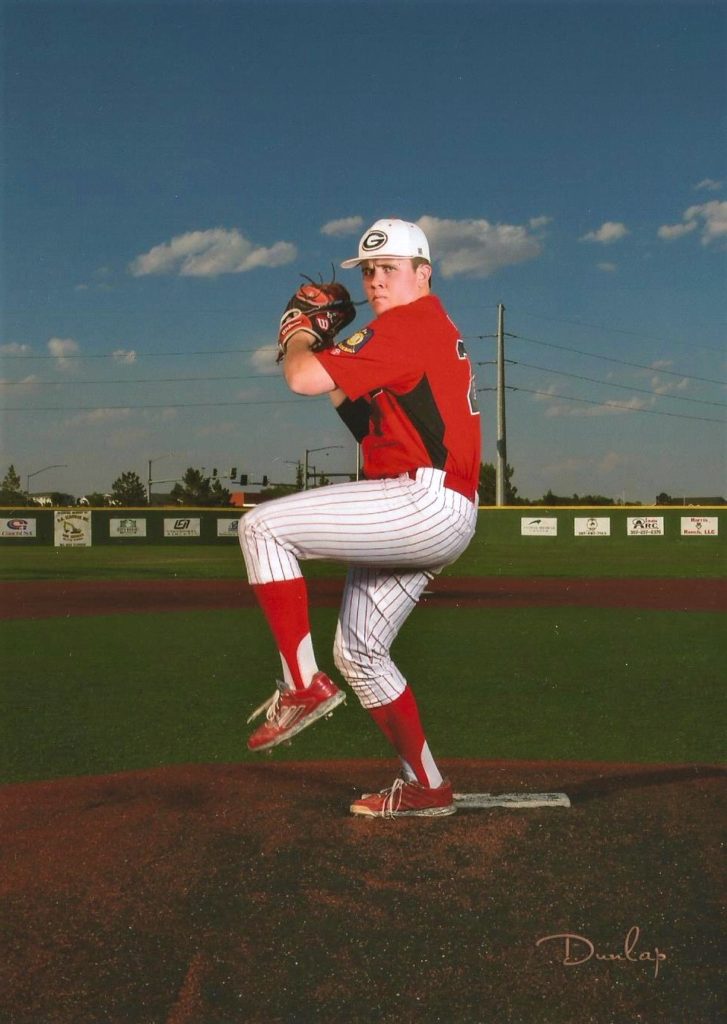How One Man Is Using Hip-Hop to Diversify Architecture
Written by broebling on June 21, 2018
On a recent Thursday, Grand Wizzard Theodore was busy DJing in his home borough of the Bronx. Theodore is widely acknowledged as the man who invented turntable scratching, so his presence behind the decks was not unusual. The venue, however, was unexpected: The Cornerstone Academy for Social Action – a middle school, where Theodore’s selections were soundtracking furious Lego-building.
While Theodore cued up hits, Mike Ford, founder and leader of Hip-Hop Architecture Camp, was guiding a group of sixth, seventh and eighth graders as they assembled Lego models based on rap lyrics. Students gathered around the table where one of their peers was working with lines from Grandmaster Flash & the Furious Five’s “The Message:” “Broken glass everywhere/ People pissin’ on the stairs, you know they just don’t care/ I can’t take the smell, can’t take the noise/ Got no money to move out, I guess I got no choice.”
This student created a literal representation of the song’s image: a staircase, a sprinkle of green pieces for “broken glass everywhere” and scattered yellow pieces for “people pissin’ on the stairs.” “Good start,” said Ford. But he gently pushed the student towards a more constructive response to “The Message.” “Could there be a building made from all the broken glass?” Ford wondered. “Let’s start to think about how we can make it so that nobody has to say those words in their song again.”
Ford sees his teaching as a way to counter the troubled history of urban planning in America. “We’ve decimated cities that were built by the hands of African Americans – like Black Bottom in Detroit, or here in the Bronx, when they built the Cross Bronx Expressway through a community of color,” he says. “Those decisions are made by people outside of those communities. There are a limited amount of people at the table to advocate for our communities.”
Hip-hop Architecture Camp serves as an attempt at correcting that representational imbalance, using rap as a hook to introduce young minority students to a field they may not otherwise encounter. “I have been on this planet for several decades, and I have moved in some pretty radical circles, but personally, I cannot recall meeting a melanated architect in my whole life,” says Chino XL, a veteran rapper who attended the camp in the Bronx. “Just for these children to know it’s a thing, that’s important.”
“I’m letting kids know we have a history of building spaces and places,” Ford adds.
For more than a year, Ford, a longtime hip-hop fan with a master’s degree in architecture, has led sessions like this around the country. (Ford has planned nearly 20 sessions nationwide this year.) The idea for the camp came from a simple insight made while Ford was in graduate school at the University of Detroit: “Less than three percent of architects in America are African American,” he explains. “We’ve spent a ton of money trying to diversity the profession, but it’s always from the same perspective: Come learn this western culture. Come learn about the Greeks and the Romans. It’s not making it relevant.”
The white-ness of architecture has multiple consequences. First, the tendency to emphasize the importance of certain models – Greek but not Egyptian, for example – means “we’ve experienced the world through a limited lens,” Ford says.
“I’m letting kids know we have a history of building spaces and places” – Mike Ford
Ford’s camp is also interested in the aesthetic connections between hip-hop and architecture. “Music is saturated with references to architecture,” he says. “Not just critiquing your environment, but in the songs, [rappers] express what they wish architecture was. KRS-One talks about hip-hop artists buying property to build a hip-hop city.”
It’s not a coincidence for Ford that Kanye West recently expressed interest in architecture and community planning “for like the third time.” (“He also said a lot of other stuff that I don’t agree with,” Ford notes.) Ice Cube studied architecture before co-founding N.W.A, and Pharrell Williams included discussions of architecture in his 2012 book Places and Spaces I’ve Been.
In a summit Ford organized earlier this year, he brought together lyricists – including Chino XL, Lupe Fiasco and Nikki Jean – and architects. “They literally talked about city skylines to see if they can write bars that fit within those lines to see how each city sounds,” Ford says. “Is there a hidden sonic experience within cities?”
Anyone who can tell the difference between Golden Age New York hip-hop and Los Angeles gangster rap knows intuitively that there are connections between music and place. Then the question becomes, if space impacts rap, what happens when you change the space? “How do we make architecture so that people stop saying, ‘I want to hear another track like “The Message”‘?” Ford says. “I want to stop the cycle, and stop the environment that’s influencing some of these songs that are very challenging.”





